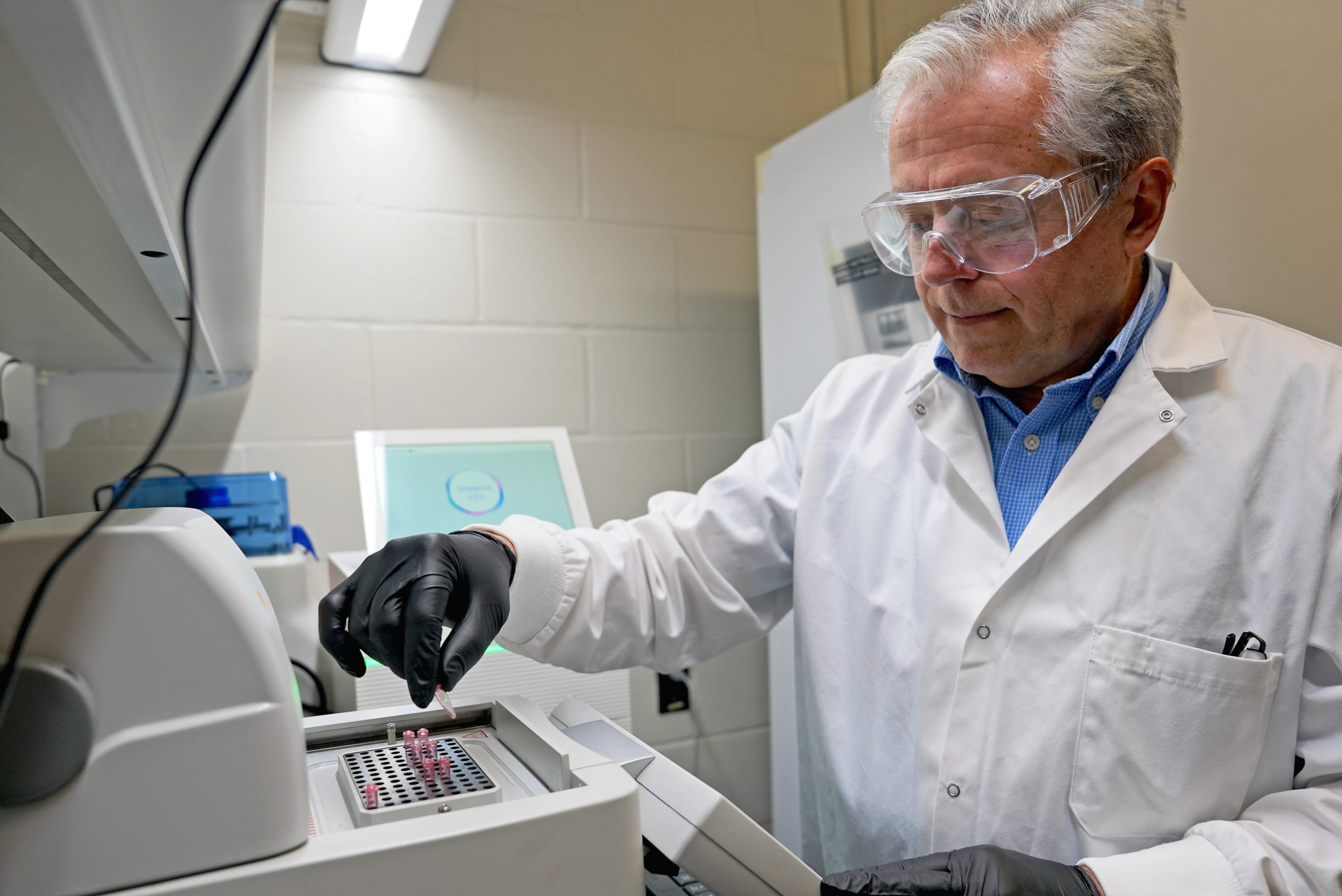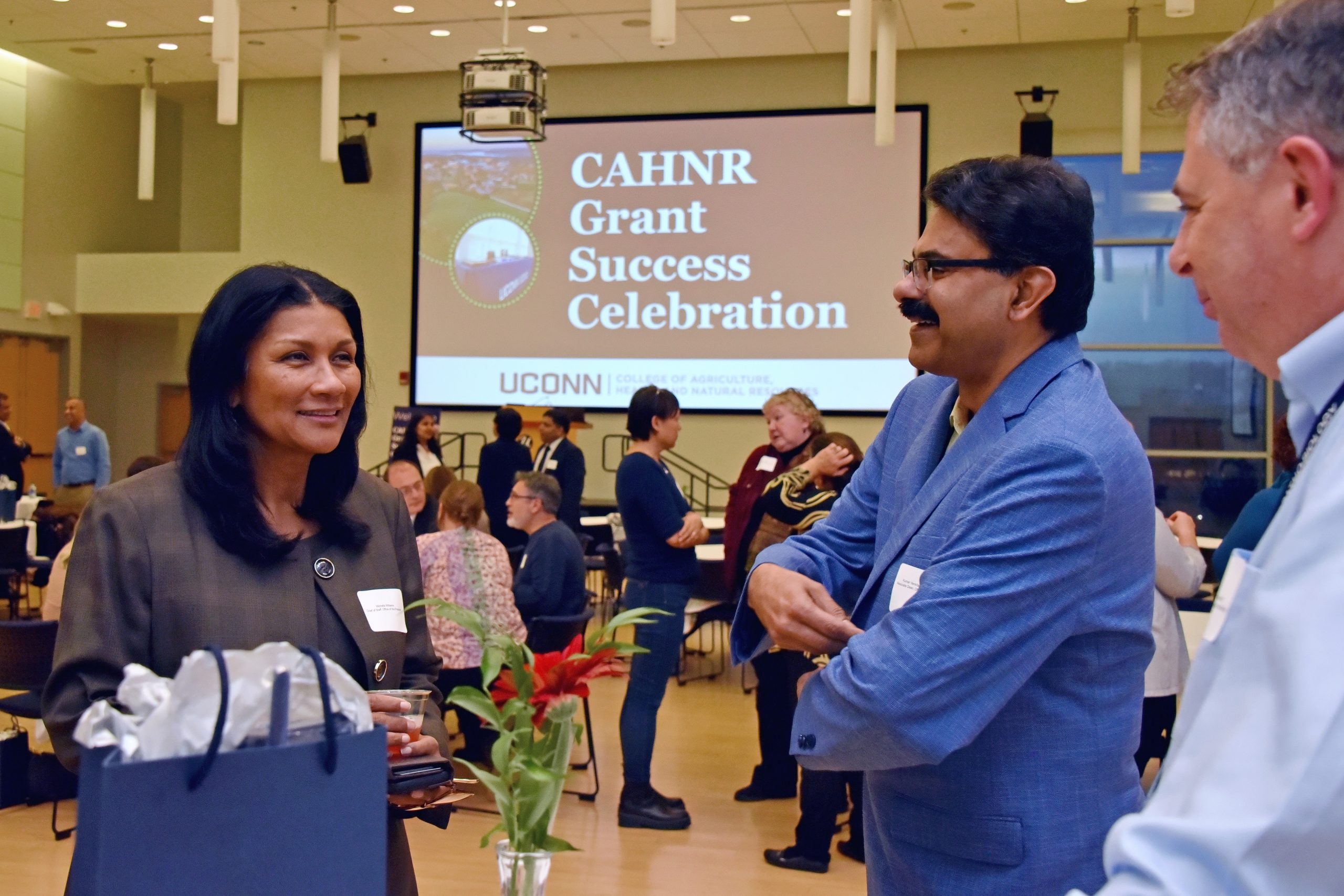Three UConn scientists are among a select group of researchers convening at Louisiana State University today in an emergency meeting to assess the impacts of the Deepwater Horizon oil spill on coastal and marine ecosystems.
Marine science professors James O’Donnell, Penny Vlahos, and Annelie Skoog joined more than 150 researchers from 19 academic, non-profit, and industry institutions across the country to identify and prioritize major gaps in scientific knowledge about the spill.
“This symposium presents an opportunity for UConn to help during a national crisis,” says Ann Bucklin, head of UConn’s Marine Sciences program at the Avery Point Campus. “If we’re going to do the right thing, we have to focus on the physical, chemical, and biological dynamics of the ocean. Marine Sciences’ faculty have broad expertise to help address many critical issues.”
Hosted by the nonprofit Consortium for Ocean Leadership, and sponsored by the National Oceanic and Atmospheric Administration (NOAA), the U.S. Geological Survey, the Environmental Protection Agency, and the United States Coast Guard, the conference will produce a report to be submitted to these federal agencies suggesting areas of priority for scientific funding and research over the short- and long-term.
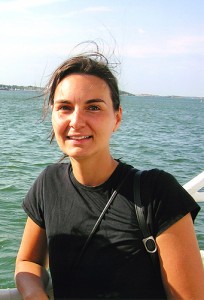
The three UConn scientists were chosen to participate in this conference because of their areas of expertise, each lending a different perspective to the spill.
Associate professor Penny Vlahos studies chemical oceanography, including tracking and modeling air and water quality. Her research includes studies on the exchange of compounds, including chemicals, between the ocean floor and the ocean’s water and between the water and the atmosphere.
Vlahos is no stranger to catastrophic oil spills: she was a graduate student in Canada when the Exxon Valdez oil spill occurred in 1989 off the southern coast of Alaska. She hopes that her expertise will allow her to help address the environmental consequences of this spill by determining how and where chemicals will enter the atmosphere from the spill.
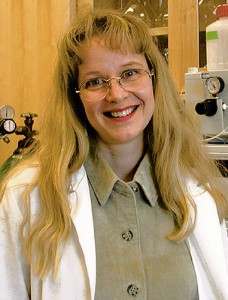
A marine geochemist, associate professor Annelie Skoog studies the cycling of marine organic compounds through the food chain and into the global carbon and nitrogen cycles. She investigates what compounds are present in seawater, and what global processes are involved in their cycling.
“This oil spill presents a unique problem because, unlike most other leaks, its source is in the deep ocean,” she says. “Most other oil leak leaks have occurred at the surface.”
Professor James O’Donnell, a physical oceanographer, is also worried about the extent of oil remaining underneath the surface. Although he helped to develop the models and tools that the Coast Guard and NOAA are using to predict the distribution of oil at the surface, he says that little attention is being paid to predicting the extent of oil underneath the surface.
“There’s not a lot of technology for measuring the distribution of oil,” he says. “We don’t know for sure how much there is. These questions are surprisingly fundamental.”
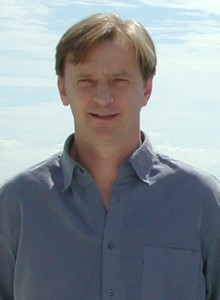
O’Donnell’s research focuses on ocean currents and the transport and mixing of materials in the coastal ocean. He hopes to use his experience developing and using ocean circulation models to design programs to detect and forecast the transport and fate of oil and materials that have been used to disperse it.
The three researchers agree that a major issue is how to access the oil that needs to be cleaned up. Some current estimates assume that since oil usually floats on water, it will eventually reach the ocean’s surface and can then be skimmed off. But Vlahos says this is not necessarily the case.
“The crude oil that’s coming out of the leak has a buoyancy which changes as it dissolves in water. It’s a mixture of different compounds,” she says, some of which may take a very long time to reach the surface, if they do at all. Skoog also adds that the formation of emulsions, or mixtures of oil and water much like the globules formed in vinaigrette salad dressings, are also likely to form, preventing some of the oil from floating to the surface.
This and other unknowns emphasize the need for careful and comprehensive monitoring of the oil and its fate, the researchers say. Skoog says the academic research community has a major role to play in this discussion.
“The academic community has a very clear focus that can address the environmental concerns associated with the spill,” she says. “They’re not worried about many of the things that are preoccupying those at the wellhead, but are ready to start the observations and measurements.”
Vlahos emphasizes the importance of dealing with these issues from both short- and long-term perspectives, which is critical to the effective amelioration of environmental harm.
“The damage has occurred, and it will continue to occur,” she says. “The question now is, how we can manage this intelligently? There will be prolonged effects, and we want to be prepared to deal with them.”
The researchers were supported in their travel by UConn’s College of Liberal Arts and Sciences.
See an interactive graphic depicting the size of the oil spill, produced by O’Donnell’s laboratory, here. You can also read more in this article in the New London Day.
